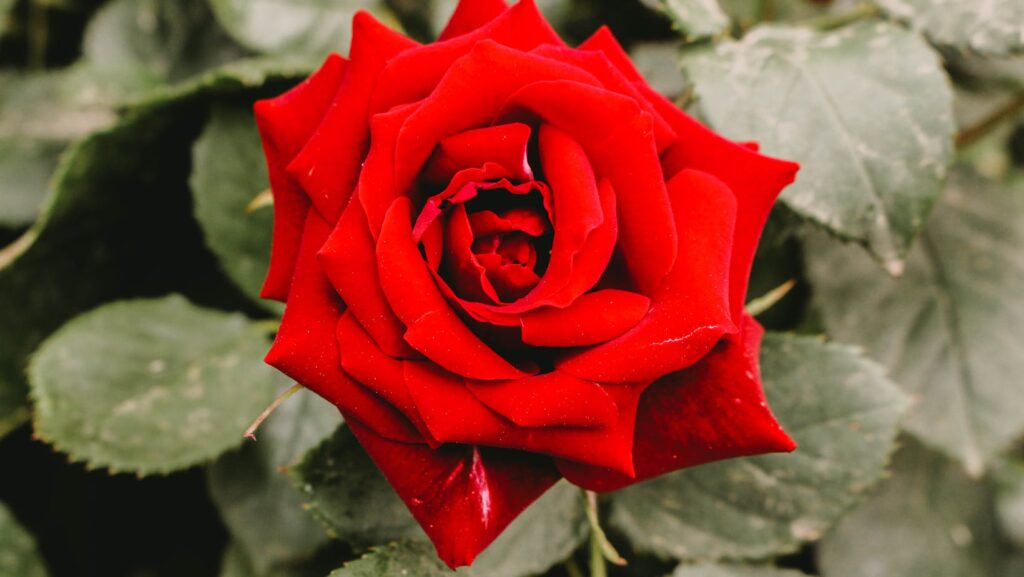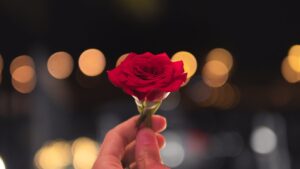
Roses are more than just beautiful flowers; they’re a language of their own. Each color tells a unique story, expresses a distinct emotion, and carries a powerful message. But do you know what each hue truly signifies?
Drawing:rso7fhbkxvy= Rose

Diving deeper into the realm of rose hues, it becomes evident that each color holds a significant meaning. This symbolism, reflected in the array of rose colors, communicates a story through every petal.
Unveiling the meanings infused in common rose colors, one discovers an intricate language. They may find crimson roses symbolizing love and respect, vibrant yellow roses, on the other hand, embodying friendship and joy. In contrast, the equally beautiful white ones stand for purity and innocence. Peach roses express gratitude, while lavender ones indicate enchantment. Each color communicates a sentiment, making these flowers a perfect medium for expression.
Rose Colors and Their Occasions
Romance and Red Roses

Crimson blooms perhaps catch the most attention, signifying profound love. Loved ones exchange red roses, particularly during Valentine’s Day, a renowned tradition recognized across several cultures. Despite the commonality, each bouquet presents a heartwarming story of passion, commitment, and understanding.
Moreover, floral arrangements featuring red roses are also an elegant choice for anniversaries, proposals, and milestone celebrations, impeccably showcasing this hue’s correlation with romantic affairs. Instances such as a husband presenting his wife with red roses on their silver anniversary aren’t uncommon.
Friendship and Yellow Roses
Contrasting starkly from the passionate red, yellow roses marvel with a different sentiment—friendship. Radiating with warmth, joy, and camaraderie, these sunny blooms symbolize platonic love and admiration. Gifting yellow roses remains a nonpareil gesture to honor and celebrate friendships and acquaintances. It aids in expressing gratitude towards one’s friends, making it an apt choice for Friendship Day celebrations around the globe.
Aside from representing companionship, yellow roses also contribute to lifting spirits and signaling caring thoughts. Instances abound where convalescents receive these vibrant tokens of well-wishing and connection, proving that when words fail, a bouquet can convey the unsaid emotions and thoughts clearly and concisely.
Decorating with Rose Colors
Interior Design and Rose Colors
Designers tap into the emotive power of rose colors to evoke specific moods. Red roses, mirrors of profound love within interior design, introduce romance and passion into a living space. Displaying such roses in a room fosters an environment of deep affection and intimacy. On the other hand, yellow roses, symbols of friendship and joy, add a sense of warmth and camaraderie. They’re often incorporated into social spaces, like living rooms or dining areas, to promote conviviality.
Using white roses subtly communicates a fresh start. Such roses are used in rooms poised for rejuvenation, such as new nurseries or home office spaces. Decorators have long utilized the calming aura of white roses to transform a room into a haven of serenity and new beginnings.
Outdoor Gardens and Rose Colors

Rose colors also play an integral role in outdoor gardening. Using various colored roses in a garden can serve to represent a colorful palette of emotions in a natural outdoor setting. For instances, red roses, often associated with romantic love, become vivid highlights in monochrome green spaces. Their vibrant color often stands as a striking contrast, creating vibrant focal points that draw the eye.
Yellow roses, expressive of friendship, find their place in communal garden spaces or patios. Incorporating these rays of brightness and joy can uplift the atmosphere of the garden, making it an ideal social scene. Meanwhile, white roses lend themselves to the creation of serene and peaceful environs.
The Language of Roses
So whether you’re selecting a bouquet to convey a heartfelt message, or planning a garden or interior design, the color of roses plays a significant role. It’s more than just a visual delight; each hue tells a story, evokes an emotion, and sets a mood. Red roses aren’t just for Valentine’s Day; they’re a universal symbol of profound love.
